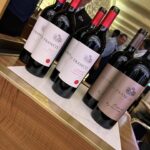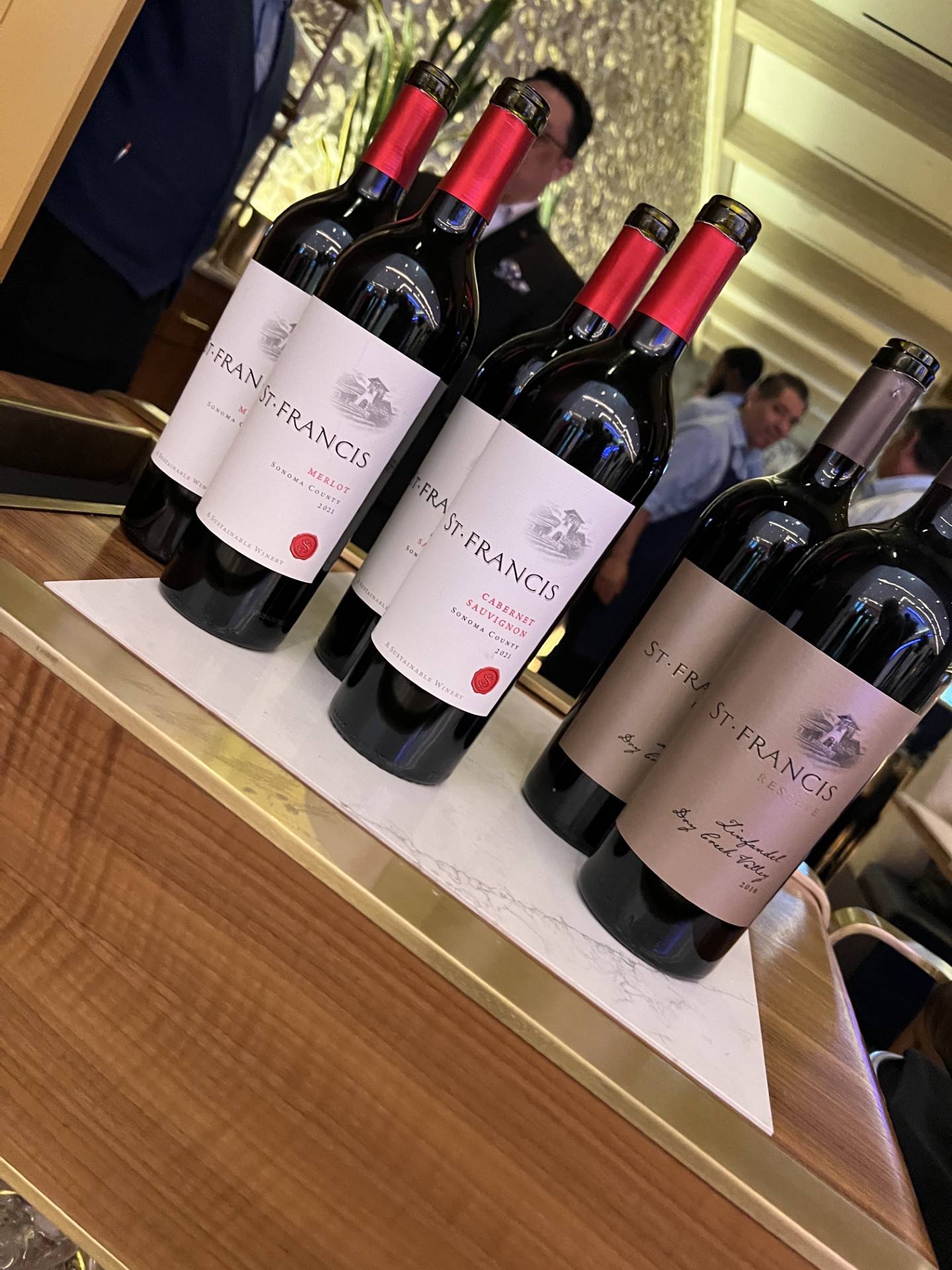UNION, N.J. (PRWEB) – The Liberty Hall Museum at Kean University and The Portuguese Cork Association (APCOR) are proud to announce the opening of “History in a Bottle,” a permanent exhibit that showcases American history through an unparalleled collection of wines and spirits that date as far back as 1796. The wine and spirits on display and in the Liberty Hall cellar have been preserved by natural cork, allowing for museum visitors to experience a living history of the United States through the centuries. In honor of Independence Day, the exhibit opened to the public on July 4, 2019.
 This comprehensive collection includes ancient Madeira from the early days of the American Republic, Civil War-era Bourbon, fine wine imports, Prohibition-era spirits, and early American wines from California, making this exhibit the first of its kind in the United States. The exhibit also offers visitors a glimpse into the science and history of natural cork and its modern applications.
This comprehensive collection includes ancient Madeira from the early days of the American Republic, Civil War-era Bourbon, fine wine imports, Prohibition-era spirits, and early American wines from California, making this exhibit the first of its kind in the United States. The exhibit also offers visitors a glimpse into the science and history of natural cork and its modern applications.
As part of the exhibit opening, the museum and APCOR hosted private previews for media, who had the exclusive opportunity to taste a rare Old Verdelho Madeira from the mid-19th century and a Bourbon from 1887 that were rediscovered during restorations at the museum in 2015.
“Our mission is to offer all museum visitors a journey through time as we recreate American history through the experiences of our iconic family. This exhibition goes back hundreds of years and alcohol evidently played an important role in the beginning of our country,” says Mr. John Kean Sr., President of Liberty Hall Museum. “This is a different way to look at the history of the United States of America. We typically rely on paper documents, artifacts, letters, but liquor is just as important.”
The wines and spirits in this exhibition were collected by the Livingston and Kean families over the course of nearly two centuries. Approximately 40 demijohns, large, bulbous bottles that hold 5 gallons, and six cases of Madeira dating back to the 18th and 19th centuries were found along with over 300 bottles of fine wines and spirits during a refurbishment project. Several bottles of Madeira included in the collection were imported in 1796 and were possibly purchased to celebrate the election of President John Adams. They were ordered by Robert Lenox, Esq., a banker and financier who was known to import Madeira in barrels and demijohns, and then bottle and label the Madeira with handwritten tags.
Other highlights on display at the museum include 1837 Jamaican Rum, 1884 Martinez Vintage Port, 1884 Old Crow Bourbon, 1905 Château Mouton Rothschild, 1922 Château d’Yquem, 1926 Krug Champagne, 1926 Pavillon Blanc du Château Margaux, c.1934 Laphroaig 14 Years Old Scotch, 1935 Old Overholt Rye Whiskey, 1936 Wente Bros Sweet Semillon, c. 1940 Bacardi Rum, and 1943 Marc Brédif Vouvray.
After their discovery, several bottles in this collection were opened and tasted, and found to be in perfect condition, preserved from the time of the early American republic until today in glass bottles with natural cork stoppers. In December 2018, a portion of the collection was auctioned by Christie’s in New York City. The highest price realized was for a demijohn of 1846 Madeira that sold for $39,000. For additional background on the discovery and Christie’s sale, visit the online feature Discovered: One of the largest collections of early Madeira in the United States.
“We are honored to be part of this once-in-a-lifetime opportunity to celebrate the historical intersection of Portuguese and American cultures. The wines and spirits that are exhibited in the museum are not just relics – inside is living history,” says João Rui Ferreira, President of APCOR. “The fact that we can taste today what our forebearers tasted over 200 years ago is amazing, and we are proud that natural cork has played such an important role in preserving wine and making this miracle possible.”
The exhibit was curated through a joint effort between Liberty Hall Museum and Colangelo & Partners, the premier wine and spirits communications agency in the United States. The “History in a Bottle” logo was developed by students at Kean University.
Liberty Hall Museum is open to visitors Tuesday through Friday, 10:00 am to 4:00 pm, and Saturdays from 10:00 am to 3:00 pm. Tours leave every hour; the last tour leaves the hour prior to closing. For more information, please visit http://www.kean.edu/libertyhall/ or call the museum office at 908.527.0400.
For more information about natural cork, please visit http://www.apcor.pt/en/ and 100percentcork.org and follow us on Facebook (100PercentCork), Instagram (100PercentCork), and Twitter (100PercentCork).
About APCOR – http://www.apcor.pt/en/
The Portuguese Cork Association (APCOR) exist to promote natural cork and its products. APCOR is the employers’ association of the cork sector that represents, promotes and carries out research in the Portuguese cork industry. It was created in 1956 and is based in Santa Maria de Lamas, in the council of Santa Maria da Feira, at the heart of the cork industry around 30 kilometers from Porto, Portugal’s second largest city. Membership of the association is open to all companies operating in the fields of production, marketing or export of cork products. The organization advocates on behalf of the Portuguese cork industry worldwide and is the driving force of an industry based on tradition, innovation and sustainability.
About Liberty Hall Museum – http://www.kean.edu/libertyhall/
Liberty Hall Museum, originally constructed in 1760, was built as a country getaway by the then prominent New York lawyer, William Livingston. Livingston would go on to serve in the First and Second Continental Congresses, become New Jersey’s first elected governor and sign the United States Constitution. The Kean family was the second generation to live at Liberty Hall, taking over the original estate in 1811. Multiple generations of the Keans continued to live at the estate until 1995, and the home was designated a National Historic Landmark in 1973. The Kean family has worked to preserve and enhance the estate’s invaluable character.









